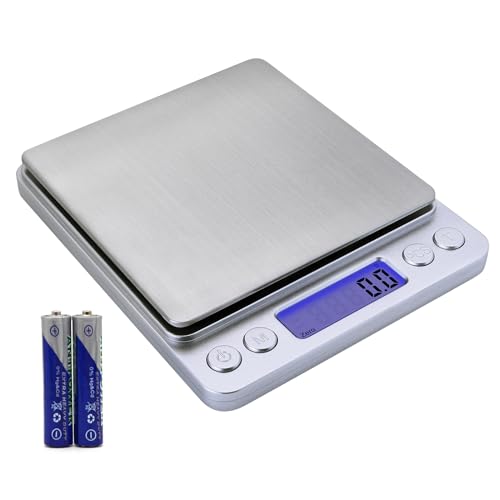I'm confused about the ash thing. Some are saying they prefer to gel to prevent ash, and some are saying they prefer not to gel to prevent ash. I don't gel most of my soaps and have had variable ash results. Can't put my finger on what makes it worse.
I can't speak for everyone else, but my own un-gelled soaps are notorious for ashing- sometimes, quite terribly so (very thick ash). But my gelled soaps very rarely ever get ash. If they do, it's just a very light sprinkling there and there that's easily removed with a damp washcloth.
Dr. Kevin Dunn has an excellent chapter on ash in his book Scientific Soapmaking. He says that there are at least 3 different causes of ash forming on soap:
1) Sodium Carbonate: As raw soap is left uncovered, any as-of-yet unreacted sodium hydroxide in the soap will rise to the top and deposit itself on the surface of the soap as the water evaporates. As the sodium hydroxide sits there on the surface, it reacts with the carbon dioxide in the air and forms sodium carbonate.
2) Soap crystals that have separated themselves from the main body of soap.
3) Some other water-soluble material that gets deposited on the surface of the soap (most likely from an additive that was used in ones' soap formula)
If you have the book, the info can be found starting at page 249.
However, if you don't have his book, here is an article from Lovin Soap who writes about Kevin Dunn's lecture that he gave on the subject of ash at the 2011 HMSG conference:
http://www.lovinsoap.com/2011/05/secret-life-soap-kevin-dunn-2011-hsmg-conference/
And I also found a recent thread right here on the forum that helps to explain it:
http://www.soapmakingforum.com/showthread.php?t=46697
HTH!
IrishLass











































